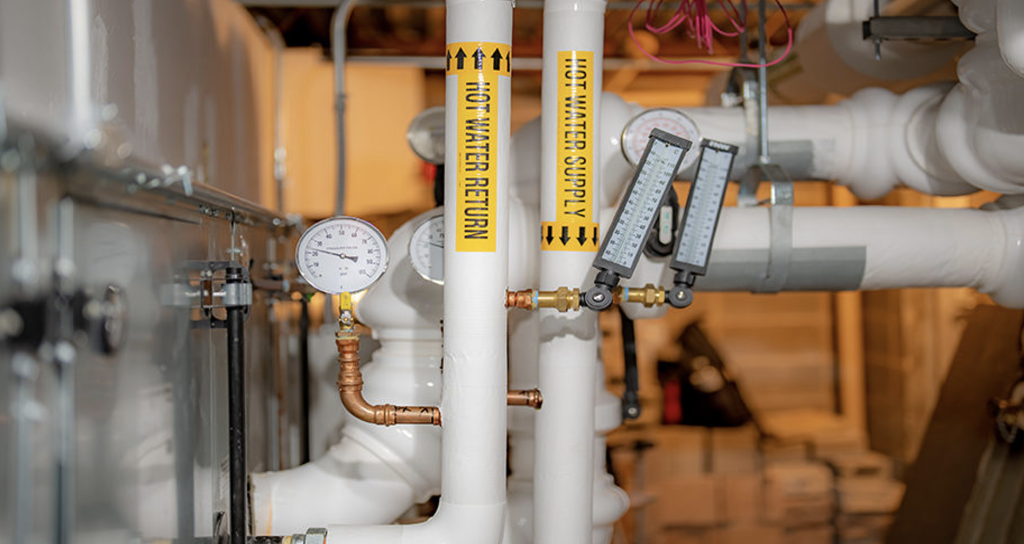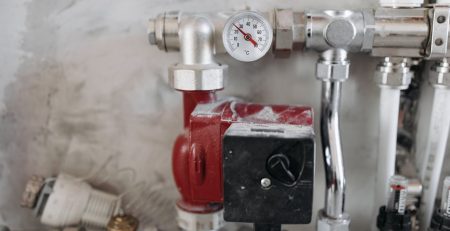Unveiling the Truth: Traditional vs. Virtual Audits
Energy audits are pivotal in identifying energy-saving opportunities within buildings, leading to significant cost reductions and environmental advancements. The introduction of virtual energy audits has brought a new dynamic to this field, touted as a more streamlined and cost-effective alternative to traditional methods. These digital audits promise efficiency and affordability, yet beneath this digital facade, there might be limitations in their ability to offer comprehensive insights comparable to their traditional counterparts.
The Advent of Virtual Energy Audits
Virtual audits leverage advanced technology to analyze energy consumption data without on-site visits, using tools like electric interval data alongside minimal input from building managers to suggest energy efficiency measures (EEMs). Despite the apparent advantages of these virtual assessments, they encounter significant limitations:
- Scope of Identification: Virtual audits often identify fewer EEMs than traditional audits, sometimes finding as few as three to six improvements compared to the 15 to 30 or more identified by traditional methods.
- Depth of Analysis: Lacking in specificity, virtual audits may offer vague recommendations, such as suggesting improvements to economizer controls without detailed insights into the issues or affected units.

Traditional Energy Audits: Comprehensive and Effective
In contrast, traditional energy audits involve detailed, on-site inspections by experienced professionals. This approach not only facilitates a more accurate understanding of a building’s energy usage but also allows for the identification of a broader range of EEMs:
- Detailed Inspections: Direct observations during on-site visits unveil nuanced issues that virtual audits often overlook, including problems like poorly calibrated temperature sensors or malfunctioning equipment.
- Accurate Cost and Savings Estimates: Traditional audits offer detailed, actionable recommendations with specific measures, providing precise estimates for savings and necessary investments.
Comparative Analysis: Virtual vs. Traditional Energy Audits
While virtual audits may appeal due to their quick turnaround and lower upfront costs, they frequently fall short of providing the in-depth insights necessary for effective energy management. Traditional audits, albeit more time-consuming and costly, yield comprehensive, accurate, and actionable information, facilitating informed decision-making and leading to significant energy and cost savings.
Instances where traditional audits have uncovered critical energy-saving opportunities missed by virtual audits further illustrate their indispensable value. For example, identifying complex issues like faulty HVAC systems or hidden operational inefficiencies can lead to substantial savings.
The Indispensable Value of Traditional Energy Audits in Real-World Decarbonization
Despite the potential of virtual audits to offer insights into future energy efficiency trends, traditional energy audits remain unparalleled in delivering the detailed, actionable insights crucial for effective energy management. For entities committed to decarbonization, like BAARCH, the precision and depth provided by traditional audits are essential. They not only serve as a foundation for achieving significant energy savings and environmental stewardship but also equip decision-makers with the knowledge required for wise investments and long-term sustainability goals.
In the pursuit of a more sustainable future, the comprehensive analysis provided by traditional audits stands as a vital tool in unveiling the full spectrum of energy-saving opportunities, underscoring their unmatched role in driving forward decarbonization efforts.









